A new initiative has been launched to provide information and support for pupils, parents and school staff into bullying and cyber bullying.
'Together Against Mobbing' is a collaboration between the education ministry and the police and offers advice on measures to help avoid bullying among children and young people.
One in every six pupils across secondary schools in Luxembourg falls victim to bullying and one in every five experiences bullying online.
As part of the project pupils from Lycée Aline Mayrisch in Luxembourg City have put together videos offering advice on how to deal with the problem and an information brochure has also been printed detailing the law, advice from police and classroom activity suggestions on the topic.
Learn more / En savoir plus / Mehr erfahren:
http://www.scoop.it/t/cyberbullying-it-s-not-a-game-it-s-your-life
Via Gust MEES




 Your new post is loading...
Your new post is loading...



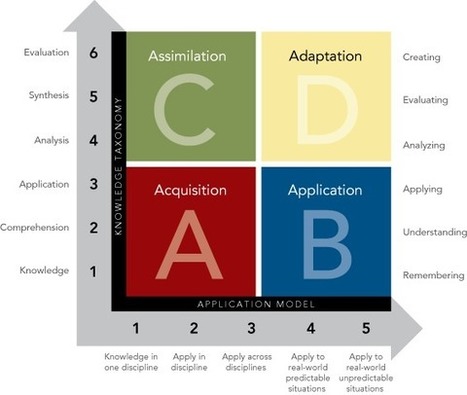





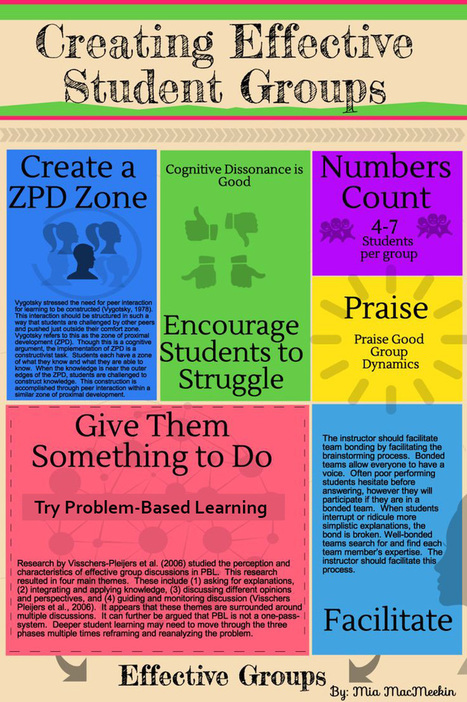



![eLearning Trends to Follow in 2015 [Infographic] | Pedalogica: educación y TIC | Scoop.it](https://img.scoop.it/95SbRlDeLSps1xDe2W400Tl72eJkfbmt4t8yenImKBVvK0kTmF0xjctABnaLJIm9)



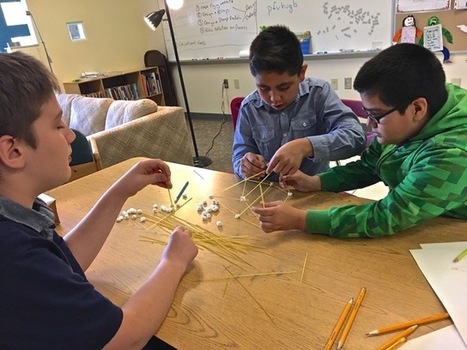

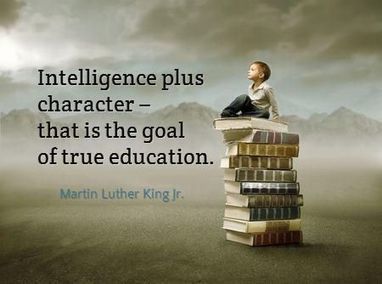



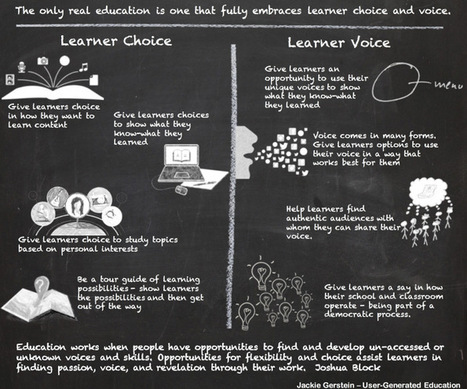



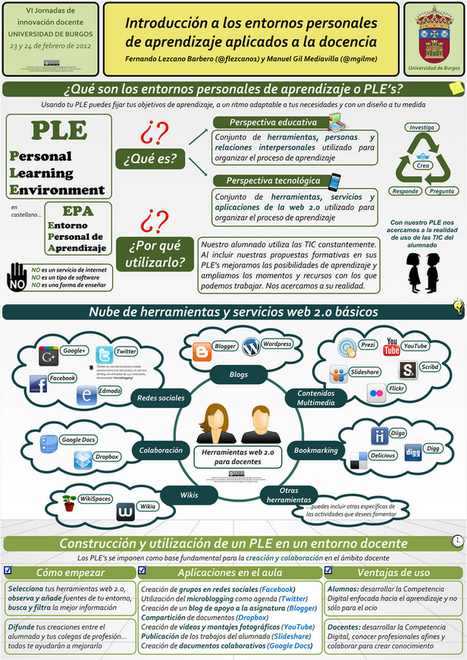








Learn more / En savoir plus / Mehr erfahren:
http://www.scoop.it/t/cyberbullying-it-s-not-a-game-it-s-your-life